Year 2049 is your fun weekly guide to the impactful innovations, discoveries, and research shaping our future.
If this was forwarded to you, subscribe for free to get a new story in your inbox every Friday.
Hey friends 👋
The James Webb telescope has taken over the headlines this week. While much of the attention has focused on its first images, I thought it would be the perfect time to write about why this telescope is so unique, the questions it will help us answer, and the design and engineering that make it possible.
I hope you’ll appreciate the breathtaking images even more after reading this!
– Fawzi
P.S. You can vote on next week’s topic 👇
Today’s Edition
Comic: The cosmic perspective
Story: The James Webb Space Telescope
The invisible universe
The mission
The spacecraft
Webb’s first images
Reader’s Choice Poll: Vote on next week’s topic!
Comic
The cosmic perspective
Story: The James Webb Space Telescope
The invisible universe
The universe is this massive and obscure painting that we’re slowly learning to understand and interpret. But some of its biggest secrets are invisible to our eyes.
How can we uncover the invisible wonders of the cosmos?
To understand how much is hiding in plain sight, look no further than the image of the “Pillars of Creation” in the Eagle Nebula captured by Hubble in both visible light (left) and infrared light (right):

Hubble views the universe in visible and UV light but only a small slice of infrared light, so there’s still a lot that we’re not seeing. While Hubble has significantly expanded our understanding of the universe, scientists knew it wouldn’t be enough even before it launched in 1990.
In 1989, a few months before Hubble’s launch, they gathered for a workshop to discuss its successor, nicknamed the “Next Generation Telescope”. They agreed that it had to solely focus on observing the universe in larger slices of infrared light.
Observing the universe with infrared goggles helps us in two ways:
Looking into the past: To understand the early universe, we need to observe the early stars and galaxies located over 13 billion lightyears away from Earth. But the universe is constantly expanding, making their light stretch into longer wavelengths of infrared light (aka redshifting).
Looking behind clouds of dust: Infrared light penetrates the clouds of dust that block most of the visible light coming from stars and galaxies, allowing us to see what’s happening behind the curtain.
On December 25, 2021, the James Webb Space Telescope, named in honour of the former NASA administrator, launched into space. Webb is the result of an international collaboration between NASA, the European Space Agency (ESA), the Canadian Space Agency (CSA), and their thousands of engineers and scientists. 300+ universities, organizations, and companies also contributed to the project.
Since its launch, Webb has travelled 1.5 million kilometres (1 million miles) to Lagrange 2 (L2), a gravitationally-stable point in space where the telescope will keep orbiting the Sun while staying on Earth’s night side.
The mission
Now that Webb has reached Lagrange 2 and fully unfolded itself, it has finally begun its mission. Scientists aim to achieve a few big tasks:
Studying the early universe
Studying galaxies and their evolution
Observing how stars and planetary systems form
Observing other planets and measuring their chemical and physical properties
#1: Studying the early universe
Webb will allow us to look back into cosmic history and understand what the early universe looked like. The goal is to better understand the “Epoch of Reionization”, a period when the first stars and galaxies were born and lit up the universe for the first time ever.
By surveying a patch of space containing 500,000 of the earliest stars and galaxies, scientists hope to understand when and how reionization happened, and what may have caused it.
#2: Studying galaxies and their evolution
Galaxies are the home of stars, planets, gases, and other matter. Scientists want to observe and study how they form, grow, and evolve over time. They also want to take a closer look at the mystical dark matter that makes up 85% of all matter in the universe. Two studies are being conducted:
Dark matter: Scientists will observe the motion of the stars in Draco and Sculptor, two of the Milky Way’s dwarf galaxy companions. By studying how their stars move, they’ll determine how dark matter is distributed in these galaxies (because their orbit is governed by dark matter’s gravity).
Galaxy formation: Looking at our next-door galactical neighbour Andromeda, scientists will observe how its dwarf galaxy companions move around it. They want to find out if they’re grouped in a flat plane in space or if they’re moving around Andromeda in all directions.
Read about these two studies in more detail
#3: Observing how stars and planetary systems form
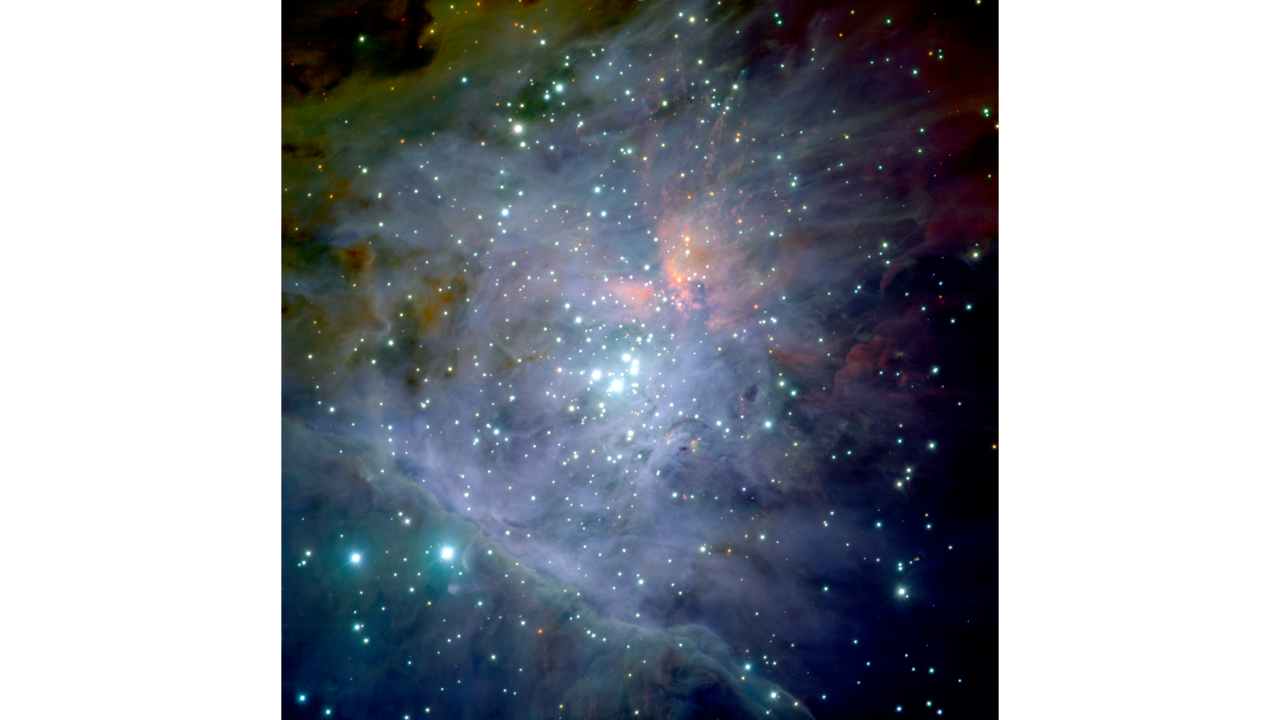
Stars are the factories that produce and distribute the elemental building blocks of other stars, planets, and even ourselves.
We are made of star stuff.
– Carl Sagan
Webb’s infrared capabilities will help scientists analyze a stellar nursery, the Trapezium Cluster in the Orion Nebula, where a thousand young stars are crammed into a 4 lightyear-wide area. Webb will also look at the dust that enables the formation and evolution of stars and planets.
Read more about the Trapezium Cluster and the mystery of space dust.
#4: Observing other planets and measuring their chemical and physical properties
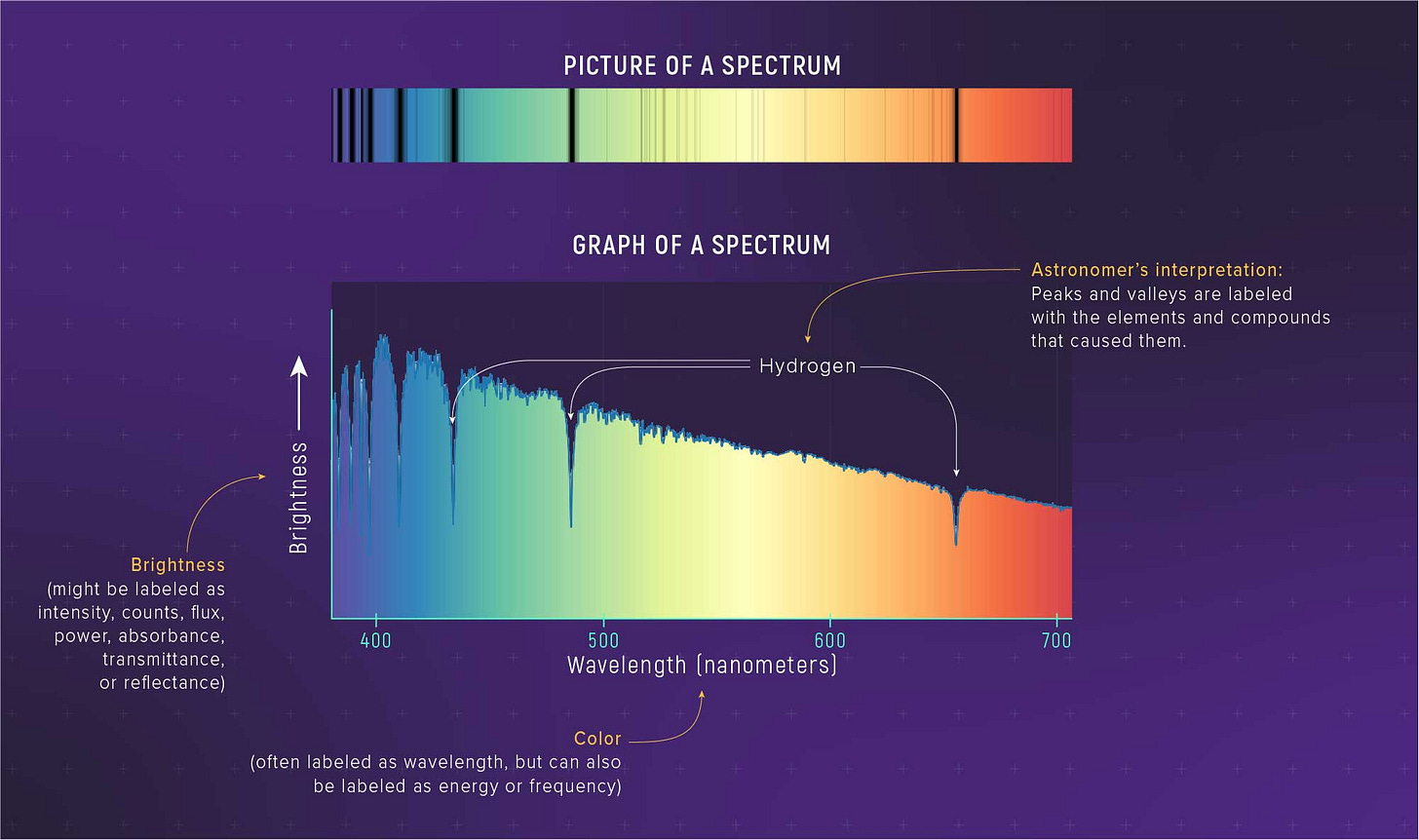
Finally, Webb will reveal what the atmospheres of planets and exoplanets (planets orbiting other stars) are made of. Through spectroscopy, scientists can determine which elements and molecules exist in an exoplanet’s atmosphere since these will absorb specific wavelengths of light.
Read more about Webb’s quest to study the atmospheres of exoplanets and the Uranus/Neptune study.
The spacecraft
To look at the universe in a way that we never have before requires overcoming complex design and engineering challenges. Webb has three main components you should know about:
Mirrors
Science Instruments
Sunshield
#1: Mirrors
Primary Mirror: Webb’s most distinctive feature is its golden concave mirror. It’s made up of 18 hexagonal-shaped mirrors (1.32 m/4.3 ft in diameter each). Each mirror is made of beryllium, because of its lightness and stiffness, and is coated with a thin layer of gold to help reflect infrared light. They’re are also programmable and can point in different directions.
Secondary Mirror: The secondary mirror is only 0.74 m (2.4 ft) in diameter. Light captured by the primary mirror is reflected into the secondary mirror, which then sends it to the tertiary mirror in front of it.
Tertiary Mirror: The tertiary mirror is located in the cone protruding from the center of the primary mirror. The light it captures is fed to the Integrated Science Instrument Module (ISIM) behind the primary mirror, which stores Webb’s science instruments.
#2: Science Instruments
Webb has four science instruments, each with a different function:
Near-Infrared Camera (NIRCam): a high-resolution camera that can block bright light sources (like stars) to take images of the planets orbiting them. This helps observe planets orbiting nearby stars.
Near-Infrared Spectrograph (NIRSPec): a spectroscopy instrument that can observe 100 objects simultaneously. It’s equipped with “microshutter arrays” (lids) that can open/close to view/block specific portions of the sky.
Near-Infrared Slitless Spectrograph/Fine Guidance Sensor (NIRISS/FGS): captures high-resolution images of bright objects like stars. The FGS is a camera system that ensures Webb is stable and locked on specific stars during an observation.
Mid-Infrared Instrument (MIRI): has both imaging and spectroscopy capabilities but is specifically focused on studying the redshifted light from the most distant stars, galaxies, and other cosmic objects.
#3: Sunshield
Webb must stay cool and shielded from the Sun and Earth’s heat because it needs to capture the heat signatures of objects that are very far away. The mirrors must be cooled to -233 ºC (-370 ºF) to function properly.
The sunshield is shaped like a kite and is the size of a tennis court.
It has five layers: the outermost layer is only 0.05 mm (0.002 inches) thick while the other four are 0.025 mm (0.001 inches) thick.
The layers are separated to reduce the heat transfer from one layer to another: the outermost layer will be as hot as 125 ºC (260 ºF) while the innermost layer will be as cold as -253 ºC (-390 ºF).
The five layers reduce exposure from the Sun by a factor of one million (from 200+ kilowatts to less than 1 kW).
My favourite addition: Webb has solar panels on its “hot side” to convert sunlight into the electricity it needs to operate.
Note: Webb also has a cryocooler (separate from the sunshield) that actively keeps it at an appropriate temperature. It’s quite complex, so I’ve linked a video that explains it in the Deep Dive section.
Webb’s first images
You’ve probably seen Webb’s first images already, but I hope you look at them differently now that you know about the incredible work that was put in for over 20 years to make these possible.
Atmospheric Composition of WASP-96 b
Deep dive
If you enjoyed today’s story, I’ve compiled some additional links to satisfy your curiosity:
A timeline of the JWST project from 1989 until today (STScI)
The Epic First-Hand Story of Building the James Webb Space Telescope (Curiosity Stream/YouTube) – highly recommended
The Insane Engineering of James Webb Telescope (Real Engineering/YouTube) – highly recommended
Vote on next week’s topic
Next week’s edition is dedicated to our monthly Reader’s Choice edition. Vote on which topic you want me to write about:
Lab-grown diamonds made from CO2
Brain-computer interfaces
Decarbonizing concrete production
Space's first "business park"
Previous episodes you’ll enjoy
🗑 Space Junk: the startups trying to clean up space debris
You can also check out all previous Year 2049 editions to learn about other innovations shaping our future across all aspects of life.
How would you rate this week's edition?









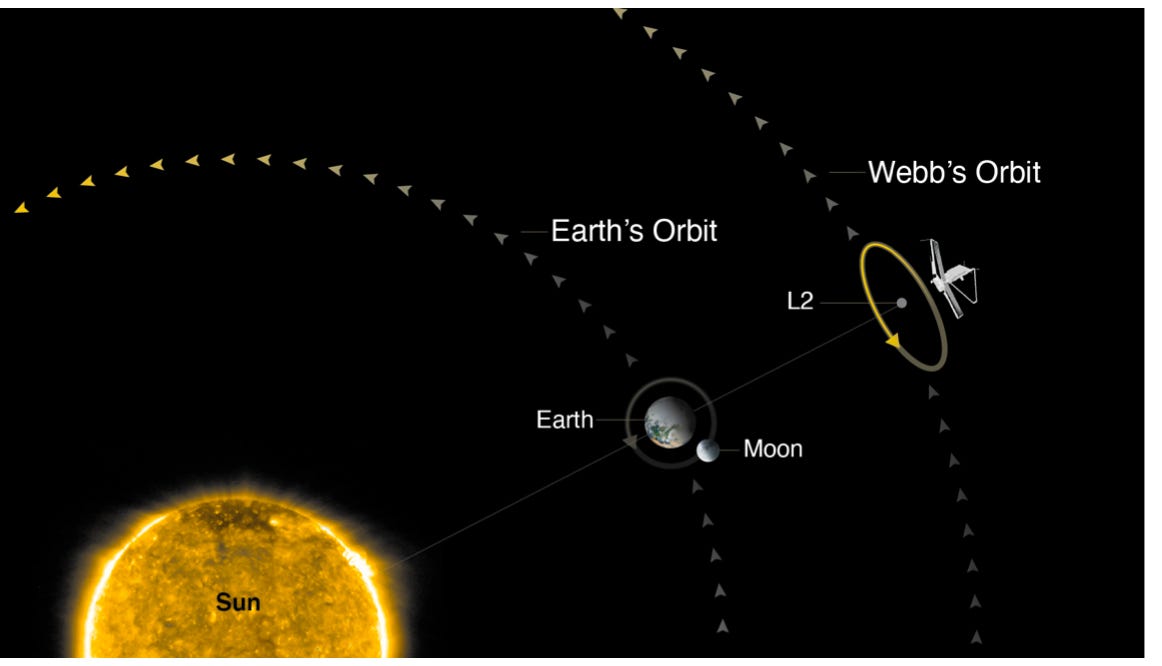

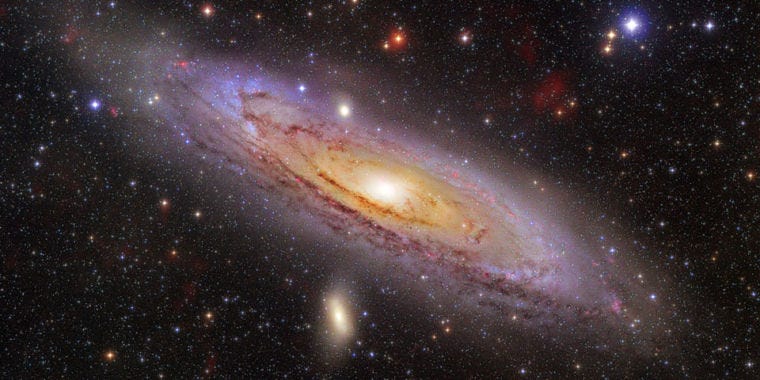




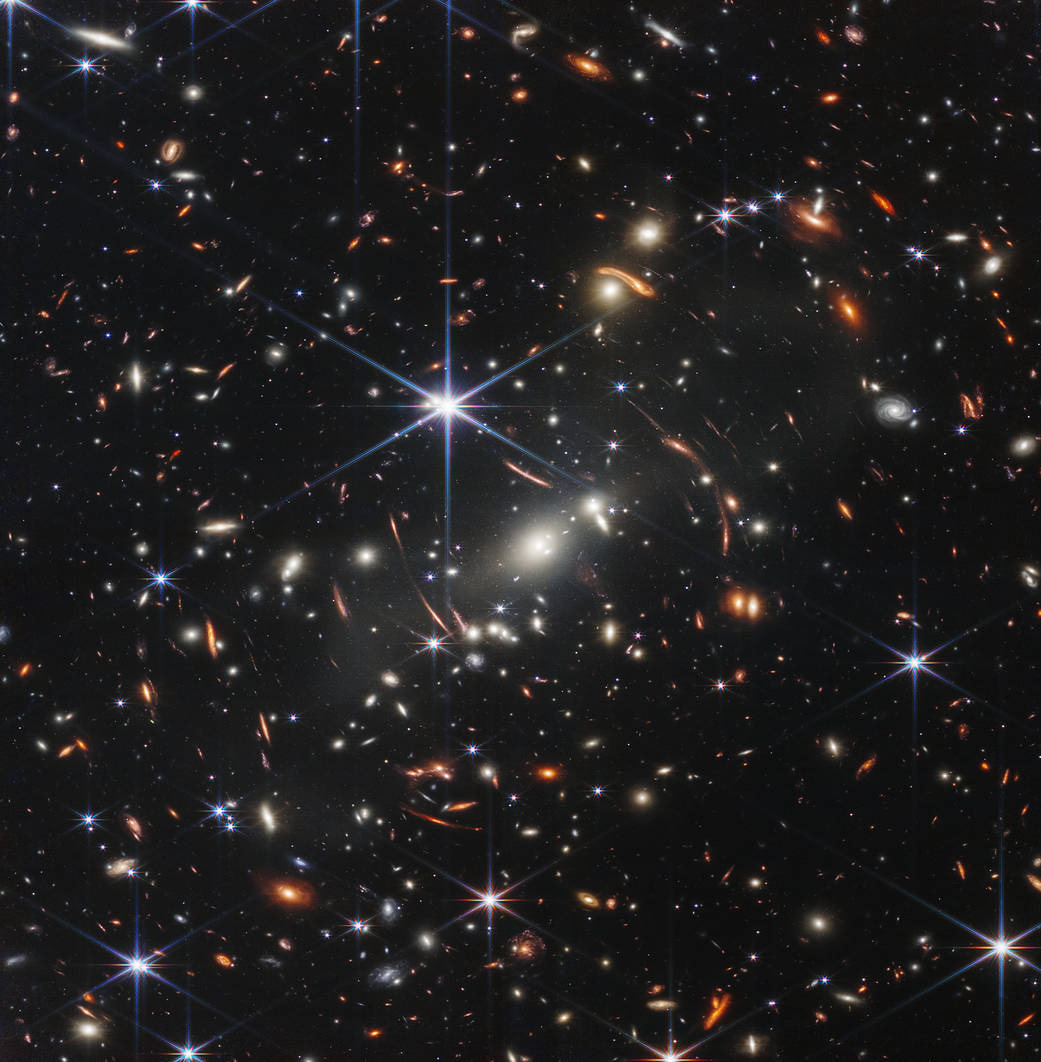
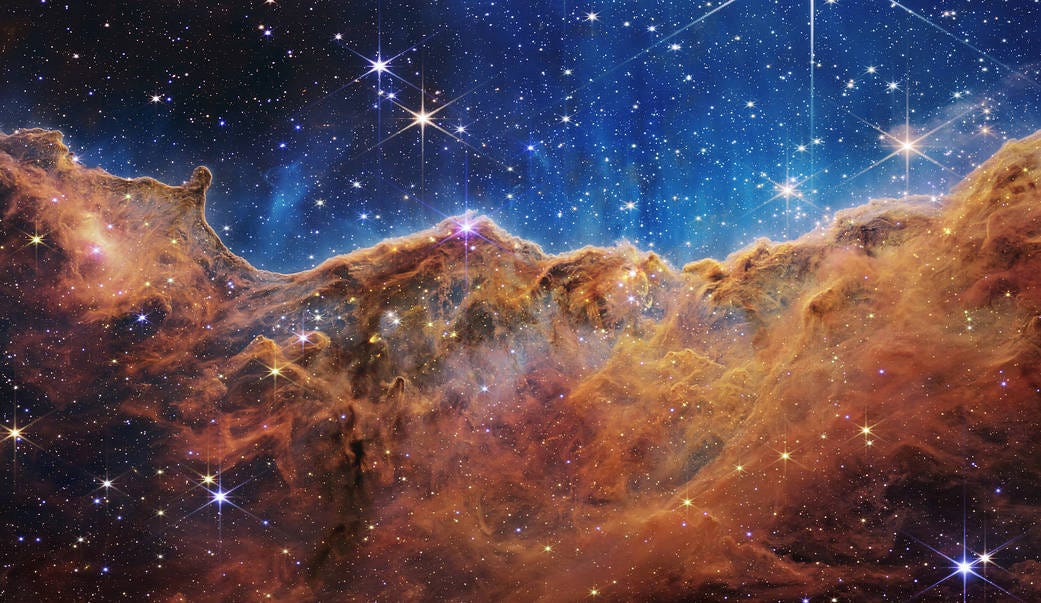
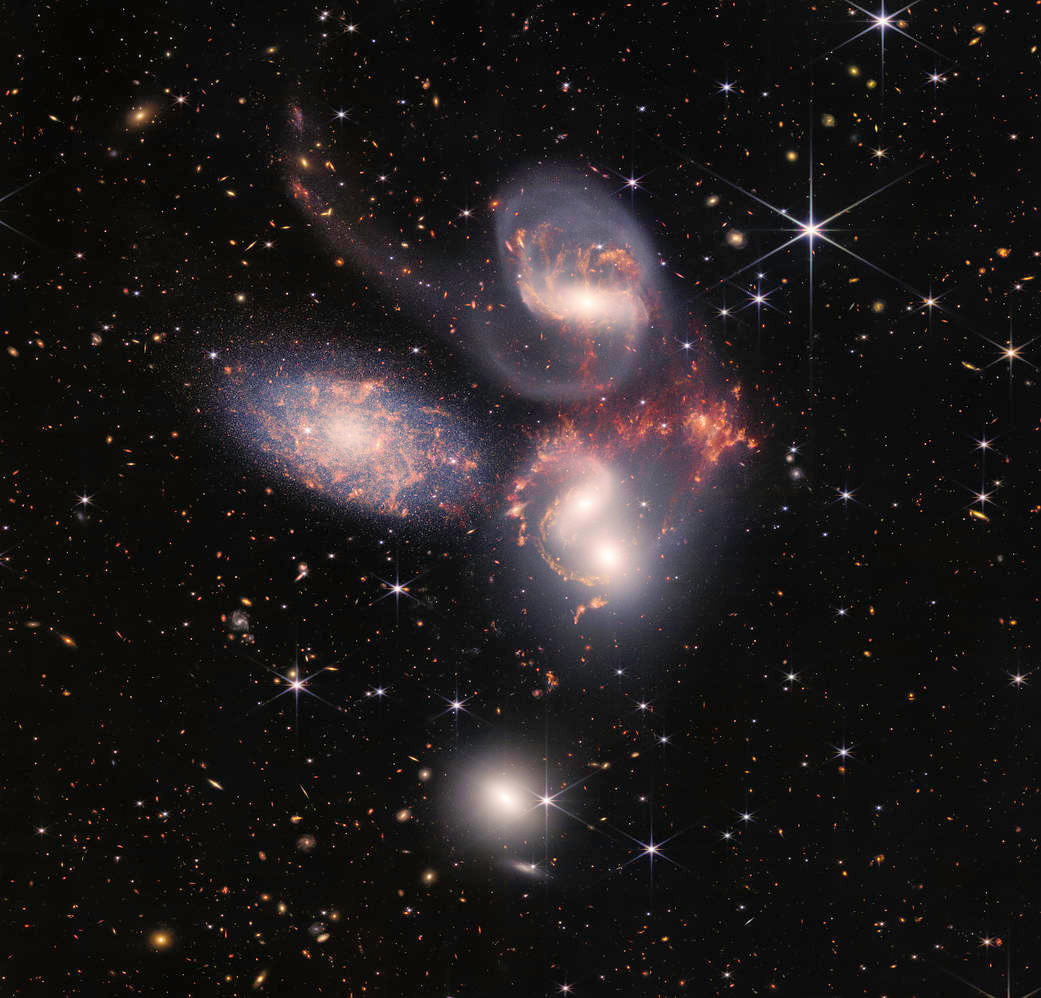
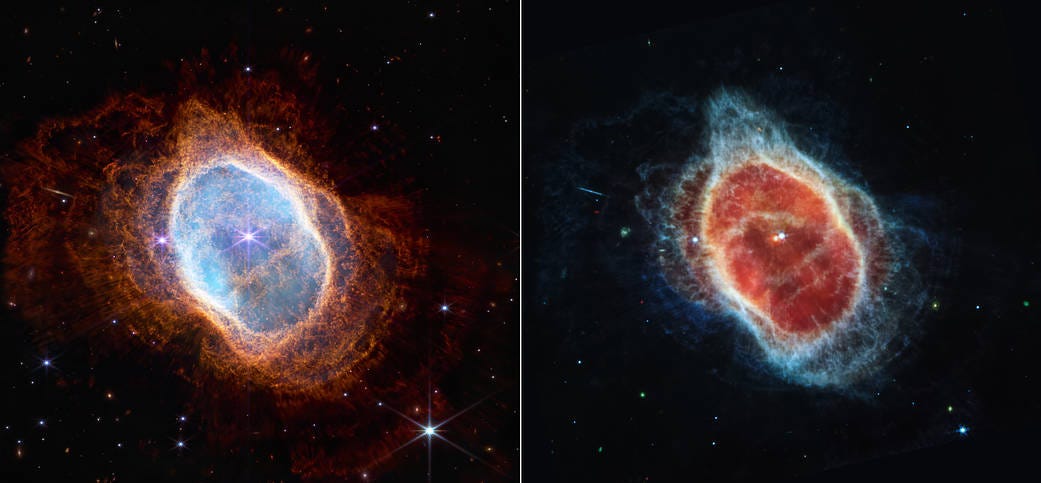
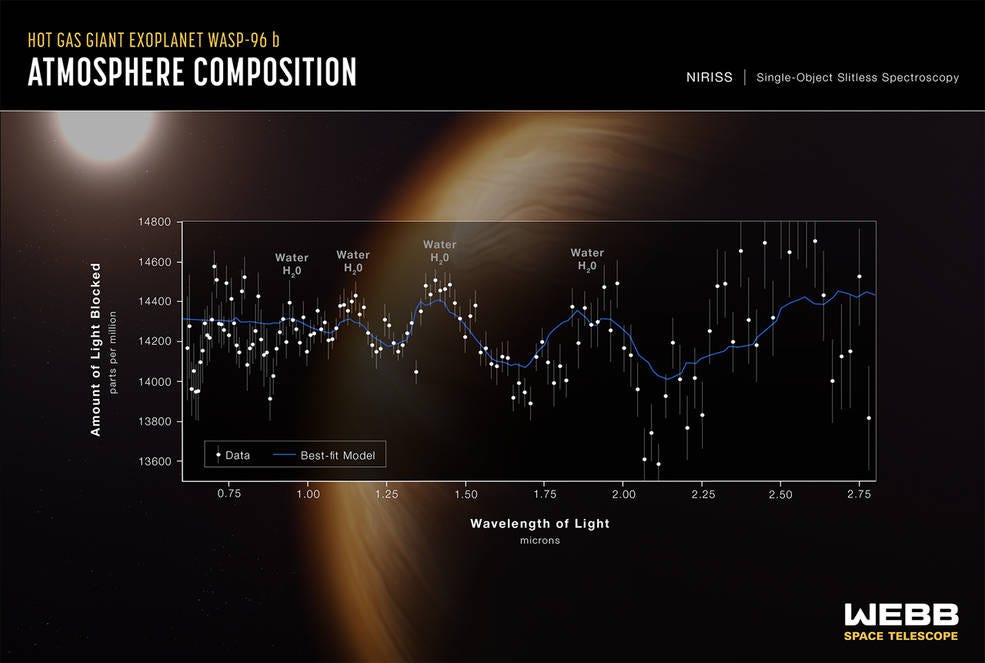
Great job describing this complex new tool in an easily understood and digestible manner.
No doubt the discoveries of this amazing new scientific tool will have enormous impact on human understanding and our capabilities
Well done Fawzi !!